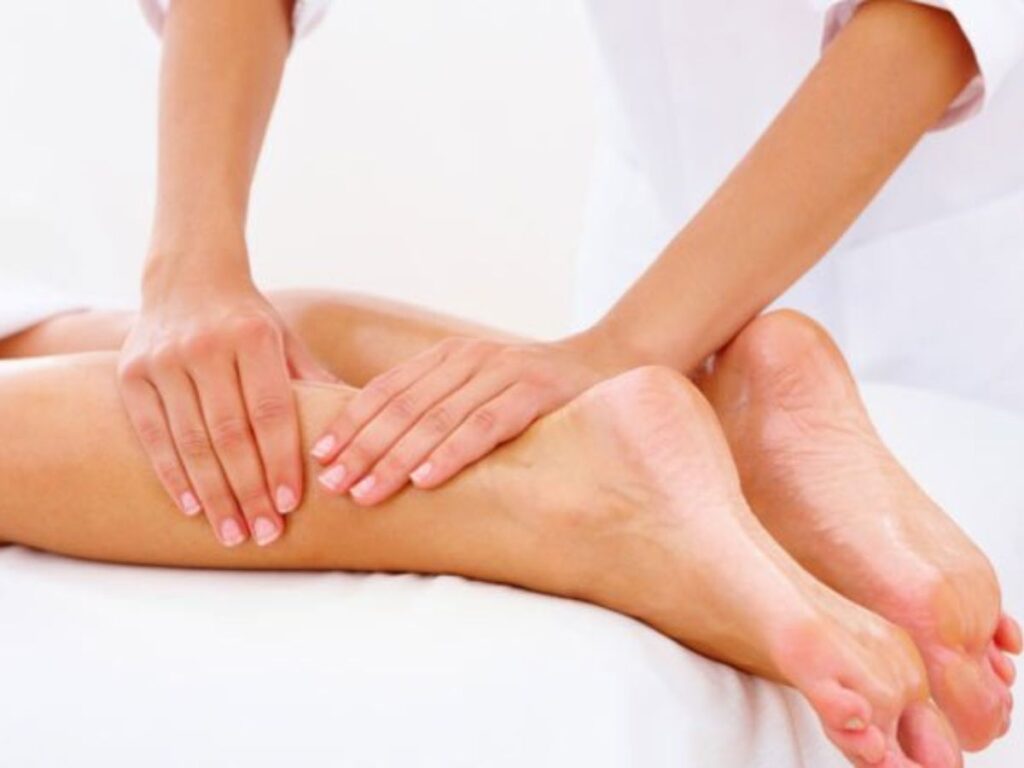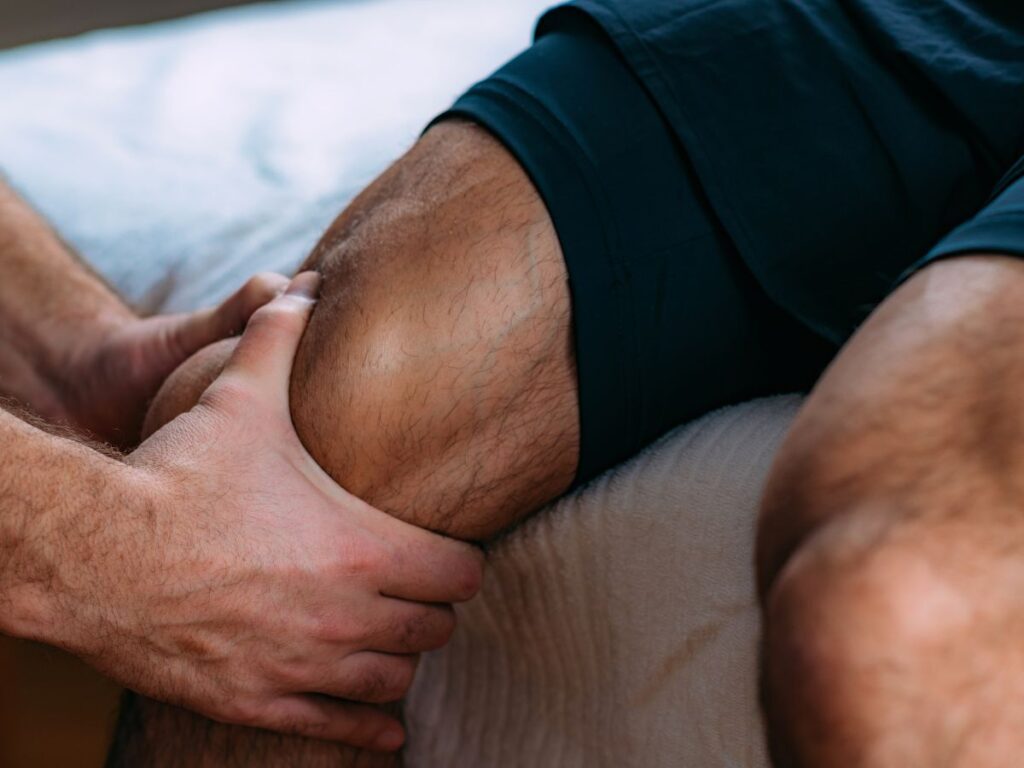Why Chronic Pain Demands Ongoing Care
Chronic pain, persisting for weeks or months, can slowly erode one’s quality of life—making daily tasks or social engagements daunting. Whether rooted in past injuries, degenerative conditions, or muscle imbalances, this persistent discomfort often embeds itself into neurological pathways. Massage therapy interrupts these pain cycles by dialing down inflammation, quieting nerve signals, and loosening muscles that protectively spasm. Unlike short-term fixes, regular massage offers cumulative benefits, retraining the body to relax and the mind to lower pain perception. Over time, it chips away at entrenched discomfort, granting new hope for those who believed relief was out of reach.
Common Causes of Persistent Pain
Arthritis, fibromyalgia, and unresolved injuries frequently underlie chronic pain. Disc issues or nerve compressions can linger if not adequately treated, resulting in chronic sciatica or radiculopathy. Postural problems—like kyphosis or swayback—may strain muscles 24/7, leading to ongoing aches in the back or neck. Even stress and emotional factors amplify pain signals, locking the body into a vigilant, tight state. Massage therapists identify these triggers, applying specialized techniques to release myofascial tension, calm irritated nerves, and restore pliability to fatigued muscles, breaking pain’s stronghold on daily life.
Massage Modalities for Long-Standing Pain
Deep tissue or myofascial release systematically addresses layers of tension. Therapists might begin superficially with Swedish strokes, then transition to deeper friction or trigger point work on stubborn knots. Gentle stretching at the session’s close can cement these gains, expanding joint range of motion. For nerve-related pain, careful nerve glide techniques or slow compressions may help. Massage intensity remains flexible—practitioners adapt to the client’s tolerance, ensuring tissues aren’t overwhelmed, especially when pain sensitivity is high. This patient-centric approach fosters a trustful atmosphere where true healing can unfold.
Dr. Elham’s Spinal and Postural Corrections
Chronic pain often correlates with longstanding misalignments in the vertebrae or pelvis. Dr. Elham’s chiropractic evaluations pinpoint these subtle issues, correcting them through gentle adjustments. By positioning the spine in proper alignment, the body no longer relies on compensatory muscle tension. Massage therapy then eases the stiffness built up around previously misaligned segments. This dual method paves the way for enduring relief—aligning the skeleton, deactivating protective spasms, and giving chronically tense tissues space to relax permanently.
The Rewards of Consistent Pain-Relief Massage
Engaging regularly in massage for chronic pain yields manifold perks:
- Sustained Muscle Release: Repeated sessions quell ingrained tension patterns, preventing relapse.
- Enhanced Mobility: Freed fascia and muscles broaden movement potential, easing everyday tasks.
- Lower Stress and Anxiety: Chronic pain’s mental toll dips as the nervous system learns to unwind more readily.
- Less Dependency on Meds: Some clients reduce reliance on painkillers or anti-inflammatories as massage alleviates discomfort.
- Synergistic Healing: Dr. Elham’s corrections hold, complemented by muscles that no longer resist alignment changes.
These advantages intensify with time, culminating in a life less dominated by pain and more open to fulfilling pursuits or physical endeavors.
Strategies to Uphold Relief
Between appointments, small self-care steps bolster the massage therapy’s achievements. Gentle range-of-motion exercises—like slow neck rotations or hip circles—keep tension from regrouping in vulnerable spots. Dr. Elham might recommend “posture pauses,” guiding patients to reassess shoulder alignment or pelvic tilt periodically. Heat or cold packs can soothe flare-ups. Low-impact exercises—swimming, stationary cycling, or yoga—enhance circulation without overstraining muscles. Incorporating stress management—like breathing techniques or guided meditations—also addresses the psychological layer of chronic pain, ensuring the body remains relaxed rather than defensive.
Making Daily Routines Manageable
Chronic pain restricts productivity, emotional well-being, and independence. Activities like shopping, cleaning, or even leisurely walks become stressful. Massage therapy unravels deep-seated knots, letting you move more fluidly. Dr. Elham’s alignment input keeps posture supportive during these tasks, diminishing strain that sparks constant aches. Gradually, formerly strenuous chores become less taxing, and confidence to tackle new challenges grows. This restoration of normalcy isn’t sudden, but each session’s incremental gains accumulate into profoundly improved function.
Ramifications of Neglected Chronic Pain
When left untreated, pain can spiral. Muscles locked in protective contraction further skew posture, heightening mechanical stress on joints or discs. Emotional stress magnifies physical pain, fueling depression or anxiety. Sleep disruptions may worsen, depriving the body of critical recovery time. Over-reliance on medication can spawn side effects or dependence issues. By contrast, massage therapy plus Dr. Elham’s corrections intercept this downfall, systematically releasing tension, and guiding the nervous system back to a calmer baseline.
Anatomy of a Session
Upon arrival, clients typically discuss recent pain fluctuations or any acute flare-ups. Therapists then warm the affected regions—be it the back, neck, hips, or limbs—with light strokes, gauging tight spots. Deeper techniques follow, but cautiously, respecting pain thresholds. Frequent communication ensures pressure feels therapeutic, not overwhelming. If needed, the therapist might integrate gentle stretches or nerve glides, particularly where nerve entrapment lingers. A mild closure—like broad effleurage or soothing static holds—helps the body integrate these changes, preventing abrupt transitions from therapy to everyday activity.
Nurturing a Future with Less Pain
Chronic pain doesn’t fade overnight, but consistent bodywork can steadily erode its grip. Weekly or bi-weekly massage sessions initially prove most effective, eventually tapering to monthly maintenance as the body adjusts. Dr. Elham’s periodic alignment checks confirm that lingering misalignments or compensatory patterns don’t sabotage progress. Meanwhile, daily stretching, mindful posture, and stress management embed newfound ease into daily life. Over time, what was once a daunting, unrelenting ache becomes a faint echo, allowing you to rediscover life’s simpler joys—whether a morning walk or effortless play with loved ones—minus the chronic ache shadowing every step.






